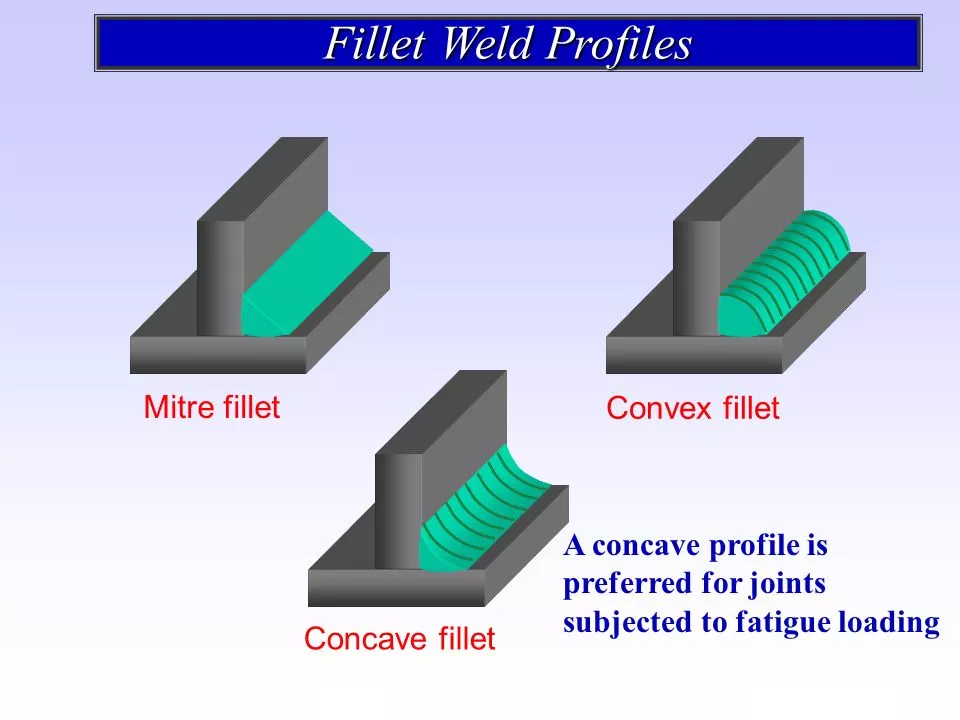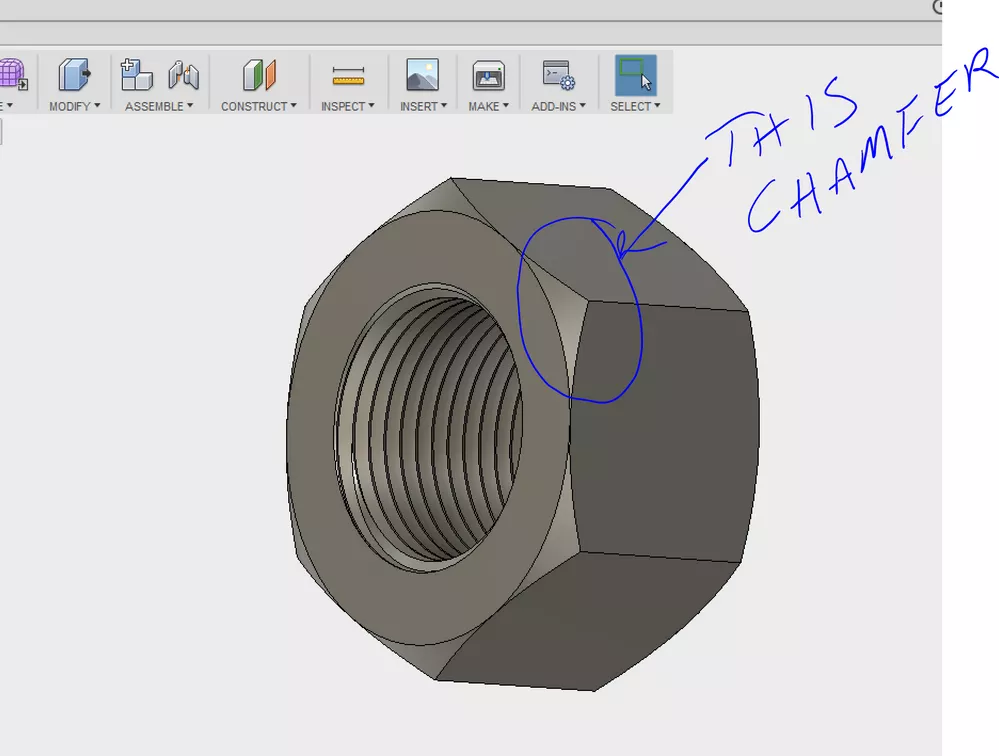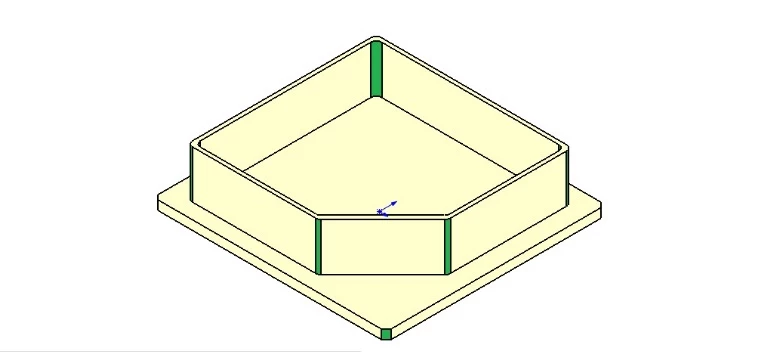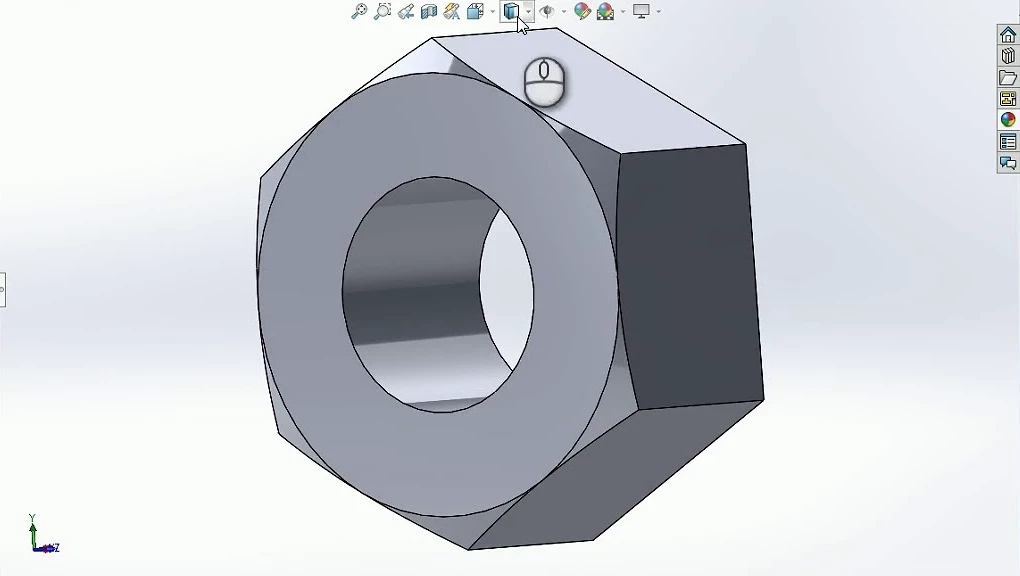“What is a fillet, and what is a chamfer?” You have probably heard this question thousands of times, especially if you’re into design engineering. Most people tend to mix up these two phenomena when they are the opposite of each other.
Knowing the difference between these two phenomena is one essential factor designers must consider. This is because the choice made will be a determinant of the part manufacturer’s success or failure as the choice made will determine factors like the stress flow and concentration.
This article will explain everything you need to know about the concept of fillet and chamfer. Also, you’ll learn their common differences, when you need them, and how to decide which to use.
What is a Fillet?

In mechanical engineering, machinists refer to a fillet as the round parts of designs either on the interior or exterior of edges.
There are three types of fillet mechanics: miter, concave, and convex fillets. On the interior side, fillets are concave, while on the exterior, they are convex. Engineers use fillets to reduce the stress on a part. Hence, the fillet helps distribute stress on a larger surface, preventing the stressed part from rapid deformation.
When the design requires eliminating sharp edges and low stress concentration, fillet engineering is the best option for machinists to utilize.
What is a Chamfer?
A chamfer is the sloped or angled edges or corners of a part design. It is an antonym of the fillet. Instead of having a curved shape, a chamfer is straight and has a sharp angle. Machinists use chamfers for parts that require high-stress concentration edges. It focuses the stress in a specific part of the design, and if used for designs where low-stress concentration is needed, such material can easily deform.

A chamfer is also applied to both the interior and exterior of a design. There are circumstances where it is preferred to fillet. It is usually at an angle of 45 degrees to a horizontal, and it helps to bevel the edge of a hole after the drilling operation. If your design involves making a part for driving screws and you don’t want the head of the screw to stick out, a chamfer is what you need. It will make the edge of the screw sit comfortably below the surface, which might not be possible should you use a fillet.
There are also larger chamfers, usually 60 degrees, that machinists use as a lead-in for bolts or screws. If your design requires sharp corners to be efficient for its purpose, you should choose chamfer over the different fillet mechanics.
When Do You Need a Fillet or Chamfer?
Apart from differentiating between both, machinists encounter a problem choosing the right one for their design. Often, using the wrong one can increase manufacturing costs and reduce the efficiency of the parts.
The part may also not last long enough if chamfer is used in place of fillet and vice versa. Hence, it is important to understand the fillet and chamfer concepts to know which one is right for your design. Now, let’s break this down and discuss in detail when to use fillet and chamfer.
Edges of the part
To avoid accidents during handling and inspection, it is safer to break all edges of your parts’ design. However, the chamfer is not always the best option for the edges of parts. The sharp edges might cause injury while handling. Hence, you may want to opt for a fillet in this case.
Outside edges

You can use both fillet and chamfer for your outside edges, depending on the design requirement. If the exterior is not critical to your design, you can opt for simple chamfering to break the sharp corners. This will help to reduce the risk of injury when handling the part.
On the other hand, if your design exterior needs to be aesthetically pleasing, you should use a fillet across the edges. However, you must be mindful of the radius size. The higher the radius used, the better the design. This is so because a high radius fillet will help to relieve stress.
On the hole
If your design has a hole where screws or bolts will be driven, using a fillet is not a good option. It’ll prevent smooth movement of the bolt or screw into the hole. What you need in this case is a chamfer. The sharp edge will aid smoother pin movement down in the hole. It’ll also make the fastening easier.
If you don’t know the concept of fillet and chamfer clearly, this would affect your right choice of design and machining operation. But no worry. Upload your files to RapidDirect and we will give you suggestions instantly.
You can also watch this video to learn more about the comparison of fillet vs. chamfer:
Differences between Fillet and Chamfer
There are some differences between Fillet and Chamfer that you should know. However, we’ll explain the differences between fillet vs chamfer in a tabular form for a better understanding.
| Fillet | Chamfer | |
| Machining cost | More expensive than the chamfer | Cheaper |
| Machining time | Curved edges aren’t very easy to make and require more patience. Therefore, Fillet engineering takes more time compared to chamfer. | It is faster than fillet. |
| Cutting tools | You need special cutting tools to make fillets. This is because it has a different radius. Hence, the kind of radius you want to make determines the cutting tools you have to use. | You can use one cutting tool to make different chamfer sizes. Therefore, you don’t need multiple tools for your chamfer design. |
| Stress concentration | It shares the stress on a larger radius, protecting the part from deforming. It is best for the exterior part. | Stress is concentrated on a part and can cause the material to deform easily. |
| Safety | It makes the material handling safer | The sharp edges can cause injury. |
Factors to Consider When Choosing Between a Fillet and Chamfer
Machinists often find themselves in a state of uncertainty when choosing either fillet or chamfer for their design. To avoid falling into such a state of confusion, you should consider the following points.
Machining time
If you need to make a design manually within a short period quickly, you can opt for chamfer. This is because it requires less time compared to the fillet. However, if you’re using CNC machining and not the manual method, there’s no significant time difference between them. The only time difference will be the one needed to change tools.
Cost
A chamfer is more cost-efficient than a fillet. Hence, if you have a low budget for your design, a chamfer is better for you.
Attractiveness
If you need a more appealing design, a fillet is what you should choose. Industrial designers often use fillet instead of chamfer because it makes the design more attractive.
Rust
Fillet parts tend to prevent accelerated rusting than chamfer. This is because it allows even distribution of uniform coatings like paints than chamfer. Fillet allows the part to adhere to thicker coatings compared to sharp edges. In the absence of enough coatings, the parts are more prone to rust. Thus, if you want to protect your parts from accelerated rust, a fillet is what you need.
Stress
A fillet is a better choice if your goal is to have the stress of your design evened out on the edges. This is because it shares the stress on a larger surface than a chamfer.
Holes

The function of the hole in your design determines either a fillet or chamfer will be the best choice. If the hole is meant for pin insertion or to drive screw and bolt into the part, then chamfer is a better option.
Conclusion
Understanding the question “what is a fillet and a chamfer” shouldn’t be a confusing one. You can use both for different purposes depending on your need. However, choosing the right one for your design is one of the most vital decisions in designing a part. This is because the right choice makes such a design more efficient, saves cost, and lasts longer.
However, why do you have to rack your head over a design when you can outsource to professional companies to handle it? This is why we at RapidDirect are here for you. With wide expertise in design engineering and part manufacture, we offer you a design guaranteed to excel at the manufacturing stage.
Perhaps you have your design? Not to worry! We also offer professional tips and suggestions to make your design an even better one.
Cutting and milling your design has never been easier. Offering 3,4, and 5-axis milling, your CNC machining projects are guaranteed success with us. Even after manufacturing, we offer quality inspection and material certifications just to certify the quality of parts. We offer all these services at the best industry price ever.


